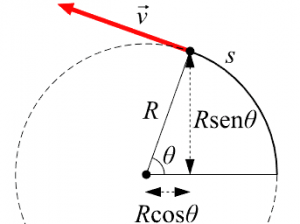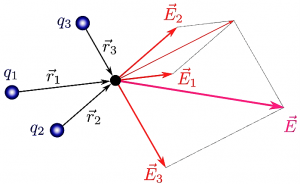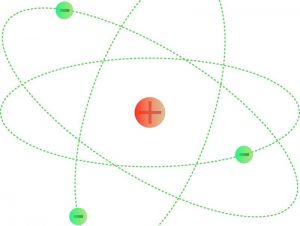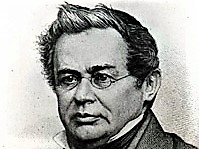Gravitational waves
In physics, scientist Albert Einstein predicted the existence of gravitational waves, which could only be discovered a hundred years after their prediction by LIGO scientists in 2015. These represent an important advance in Einstein's relativity theory and for science in general.
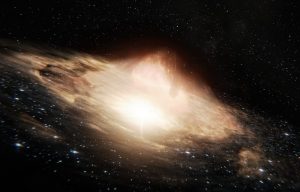
Related topics
Albert Einstein
What are gravitational waves?
Gravitational waves represent a disturbance of space-time generated by an accelerated massive body that produces an energy expansion in all directions at light speed. This phenomenon allows space-time to stretch without it being able to return to its original state. This gravitational disturbance propagates at light speed in space-time and generates microscopic disturbances that can only be perceived in advanced scientific laboratories like LIGO or VIRGO.
Gravitational waves are disturbances generated in space-time that usually occur between two or more space bodies, which produce an energy propagation that is transported in all directions. This phenomenon causes that the space time in universe expands and does not return to its original form.
This discovery generates significant contributions because it allows us to study space through its waves and plan other ways of understanding its behavior and characteristics.
Who discovered gravitational waves
Gravitational waves was one of the last hypotheses described by Albert Einstein in his General Relativity Theory. According to this famous scientist, the existence of this type of waves was a mathematical derivation of a basic assumption that no object or signal could be faster than light.
A century later, they were detected, and Einstein’s hypothesis was confirmed.
In 2014, the BICEP2 observatory announced the discovery of gravitational wave traces generated by the Big Bang. But soon after, this news was denied.
On September 14, 2015, LIGO scientists were able to detect them and announce their discovery to the world a year later, in February 2016.
Characteristics
Some of the most representative characteristics of gravitational waves are the following:
- These are disturbances that alter the space-time dimensions.
- It propagates at speed of light in all directions.
- They are transverse waves.
- Gravitational waves can be polarized.
- They transport energy.
- They stretch space and time.
- Their origin cannot be determined.
- They can appear in different frequencies.
How do they originate?
Gravitational waves can have their origin in many situations, some of them can be:
- When two or more space bodies with very high mass interact with each other.
- The product of the orbits of two black holes.
- Generated by the collision of two galaxies.
- Two neutrons whose orbits match.
Detection of gravitational waves
Gravitational waves generate microscopic disturbances that can only be detected by very advanced devices and large-scale technology. These are known as interferometers, and the largest one is the Advanced LIGO, located in United States, and VIRGO, located in Italy.
Interferometers are made up of a tunnel system several kilometers away, placed in an L shape, through which lasers pass, bouncing off mirrors and interfering with each other. When a gravitational wave is produced, it is detected by a deformation in space-time between the mirrors in the interferometer.
Other tools that allow us to detect gravitational waves are radio telescopes that measure the light of pulsars, and astronomical telescopes such as LISA.
Importance
The importance of detecting this type of waves allows man to explore the Universe, listening the vibrations that expand in space and time.
This discovery also allowed us to understand that the universe can be deformed and that these deformations expand and contract throughout space like a wave.
It is important to mention that these waves are produced in the universe by violent events such as the black hole collision. It is through gravitational waves that we can obtain information from these cataclysms that occur in the cosmos.
Likewise, these phenomena can help us understand and explain many of the basic laws of physics, as well as provide information about space, its origin and how black holes or stars are formed or disappear.
Examples of gravitational waves
Gravitational waves are found in different space events such as a star explosion, the collision of two meteorites or when a black hole is formed, the explosion of a supernova, the radiation produced by the Big Bang, among others.
Some sources reveal that gravitational waves can come from small pulsations of compact objects, from radiation of objects orbiting around a black hole and a neutron star, as well as the accelerated rotation of non-spherical bodies among others.
How to cite this article?
Briceño V., Gabriela. (2019). Gravitational waves. Recovered on 4 January, 2025, de Euston96: https://www.euston96.com/en/gravitational-waves/



